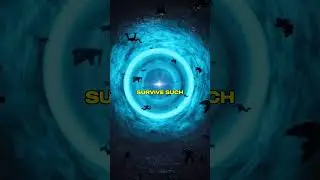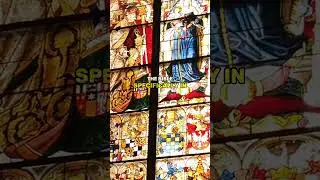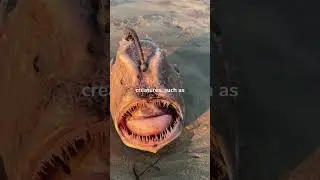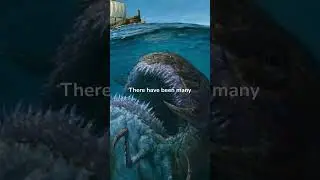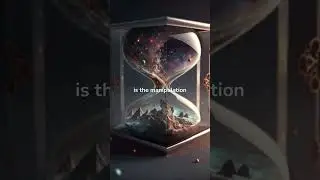Panspermia: Did Life on Earth Come from Space? | How life originated on earth ?
What is Panspermia? "Panspermia suggests that life, in its most basic form, originated outside Earth and was delivered via space rocks like comets and asteroids. But how could life survive such a treacherous journey through the cosmos?"
Evidence #1 - Microorganisms in Comets: "The work of scientists like Chandra Wickramasinghe has been groundbreaking. They've discovered microorganisms embedded in the tails of comets. These findings suggest that not only can life exist in space, but it might actually thrive there."
Evidence #2 - Extremophiles: "Back on Earth, extremophiles live in environments once thought uninhabitable — from boiling hot springs to the vacuum of space. Their existence proves life can endure extreme conditions, much like those encountered during space travel."
Evidence #3 - Organic Molecules on Enceladus: "Saturn's moon, Enceladus, shoots ice plumes into space, rich with organic molecules. In 2018, the Cassini spacecraft detected these compounds, essential for life as we know it, indicating such building blocks are not unique to Earth."
As technology advances, missions like the James Webb Space Telescope will peer deeper into space, possibly uncovering more clues about life's cosmic journey. Each discovery fuels the debate, bringing us closer to understanding our place in the universe."
The story of life's origin is still being written, with panspermia as a compelling chapter. What are your thoughts on life coming from space? Share in the comments, and if you're fascinated by the mysteries of our cosmos, remember to like, subscribe, and join us on this extraordinary journey of discovery."
#shorts #shortsyoutube #short













